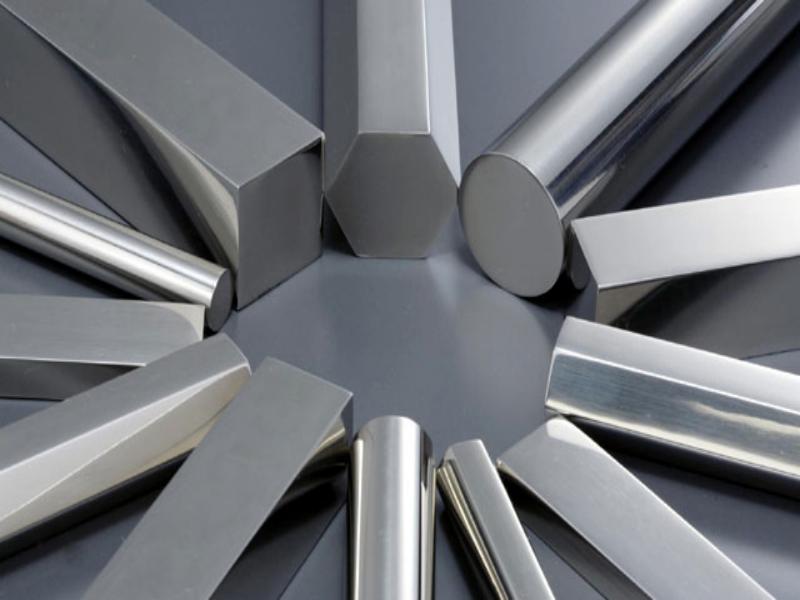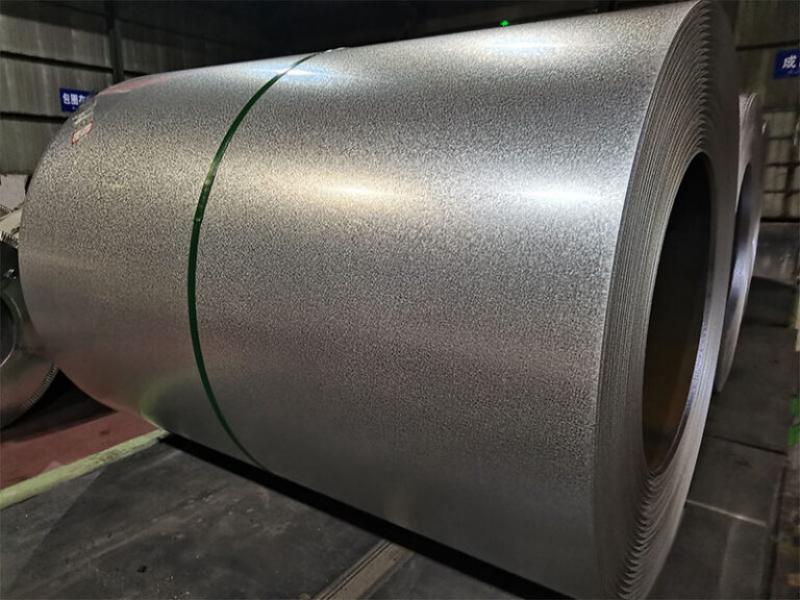
Comparison of weldability between 316L and 304 stainless steel
316L:
316L stainless steel is an ultra-low carbon pure austenitic stainless steel with excellent weldability and low susceptibility to intergranular corrosion. However, due to its low thermal conductivity and high linear expansion coefficient, the welded joints of this steel type may experience significant tensile stress during the cooling process. When the welding heat input is high and the cooling rate is slow, it is prone to forming hot cracks, corrosion cracks, and deformations.
316L stainless steel can be welded using all standard welding methods. Depending on the application, 316Cb, 316L, or 309Cb stainless steel filler rods or electrodes can be used for welding. Among the commonly used welding methods, MIG and TIG welding have lower heat input, and the argon gas flow not only protects high-temperature metals but also has a certain degree of cooling effect, enhancing the crack resistance of the weld seam and thus reducing welding deformation.

When using 316L stainless steel, post-weld annealing is generally not required. Austenitic stainless steel typically does not undergo stress relief heat treatment after welding. The reason for this is that austenitic stainless steel has excellent plasticity and toughness, and its properties do not need to be restored through stress relief heat treatment after welding. Secondly, the temperature range of 450~850℃ is the sensitization temperature for austenitic stainless steel. Prolonged heating of austenitic stainless steel in this temperature range can degrade its corrosion resistance. If there is ferrite component in the weld, brittleness may occur at 475℃. However, post-weld stress relief heat treatment falls within this temperature range (excluding solution treatment and stabilization treatment).
However, in some special cases, post-weld stress relief heat treatment is also necessary for 316L stainless steel. One reason is to stabilize the geometric shape of equipment components, which requires the elimination of welding residual stress. Another reason is that the equipment operates in an environment prone to stress corrosion, which also necessitates the elimination of tensile residual stress.

304:
Austenitic stainless steel, represented by 18% Cr-8% Ni stainless steel, commonly known as 304 stainless steel, generally does not require preheating before welding and post-weld heat treatment in principle. It usually exhibits good weldability. However, due to the high content of nickel and molybdenum, high-temperature cracks are prone to occur during welding. Additionally, inter-embrittlement (Fe-Cr intermetallic compounds) may occur, and the ferrite formed under the influence of ferrite-forming elements can lead to low-temperature embrittlement, as well as defects such as decreased corrosion resistance and stress corrosion cracking.

After welding, the mechanical properties of 304 stainless steel welded joints are generally good. However, when there are chromium carbides on the grain boundaries in the heat-affected zone, a chromium-depleted layer is easily formed, which can lead to intergranular corrosion during product use. To avoid this problem, it is best to use low-carbon (C≤0.03%) grades or grades with titanium or niobium additions. To prevent high-temperature cracks in the weld metal, it is generally believed that controlling δ-ferrite in austenite is effective. It is generally recommended to have a ferrite content of more than 5% at room temperature. For stainless steels primarily used for corrosion resistance, low-carbon and stable steel grades should be selected, and appropriate post-weld heat treatment should be performed. For steels primarily used for structural strength, post-weld heat treatment should not be performed to prevent deformation and mutual embrittlement due to carbide precipitation.
Hongwang Group and Beijing University held a school-enterprise exchange symposium
2022-03-05Awards of Hongwang QC’s Necessary Items
2021-06-17Yield Strength Vs Tensile Strength
2023-06-26Ten reasons why you should choose Hongwang!
2022-12-16China Terminates AD review on GCNS’s stainless steel billet & HRC
2021-11-23Silicon steel power, wisdom leads the future
2024-03-21






